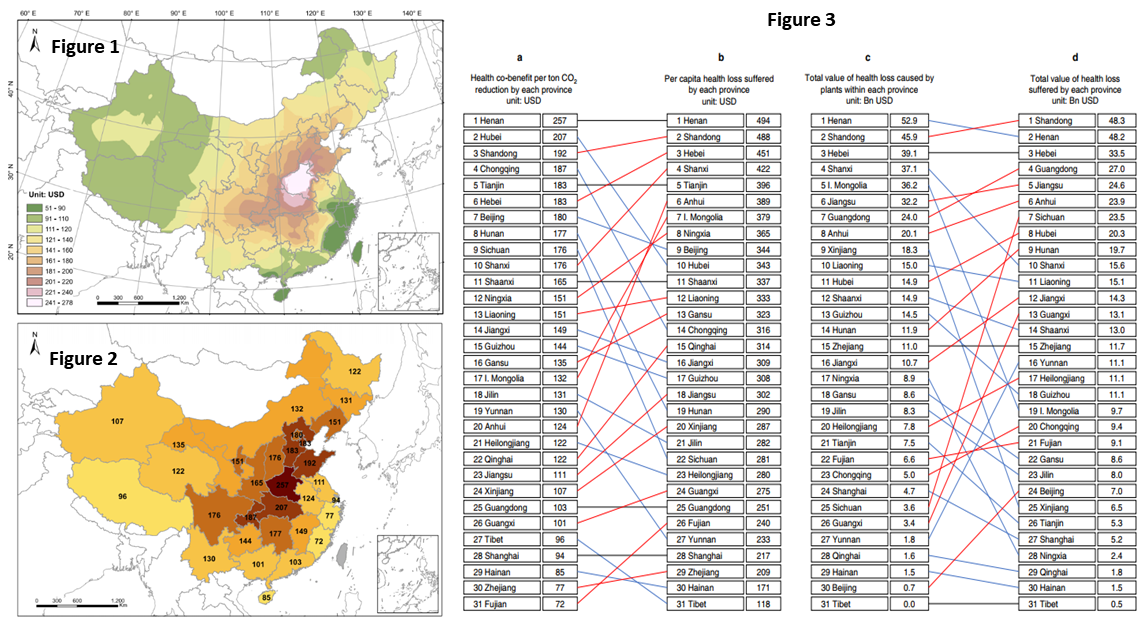Spatially Nuanced Policies Are Key to Maximizing the Co-benefit of Carbon Emission Reduction
A research team from the Institutes of Science and Development, Chinese Academy of Sciences (CASISD), published their work in Nature Communications, revealing that spatially nuanced policies are key to maximizing the co-benefit of climate policy in air quality improvement and the related health gains.
They established an interdisciplinary approach to assess plant-level co-benefits of carbon reduction from coal-fired power plants at specific locations and demonstrated that the effects of air pollutant emissions are highly dependent on source locations, population distribution, climate, and other factors, rather than merely affected by source locations as people usually thought.
As we know, air pollution is an urgent problem faced by developing countries, such as China and India, and should be integrated into climate governance in order to align the national interest with the global need for climate change mitigation.
The study shows that there were over 2,000 coal-fired power plants in Chinese mainland in 2017, as the largest source of carbon emissions and the major cause of the country’s serious air pollution in recent years, contributing to 17%, 19%, and 8% of China’s total SO2, NOx, and primary PM2.5 emissions respectively. Thus, reducing CO2 emissions from electric power generation will simultaneously reduce the emissions of harmful gases and primary PM2.5.
However, it was found that co-benefits ranging from US$51-$278 per ton CO2 reduction nationwide varies greatly by regions (Figure 1), with the highest co-benefit values around Henan province, followed by Beijing–Tianjin–Hebei, and Chengdu–Chongqing metropolitan areas mostly due to their highest population densities and advanced economic level.
It is worth noting that although the Beijing–Tianjin–Hebei region had the strictest policies for coal plants phasing-down or retrofitting, but their co-benefit values are not among the highest according to the national capacity-weighted average co-benefit value (Figure 2), revealing that the current priority of coal phasing-down is not made entirely on the basis of the environmental impact. Moreover, the provinces where the most polluting coal plants locate are not necessarily the provinces that suffered the most (Figure 3). From the perspective of policymaking, more attention should be paid to areas causing larger health losses.
To solve the problem, China has adopted three major strategies to reduce the environmental impacts of power plants: eliminating plants with outdated technologies, ultralow emissions retrofitting, and optimizing the siting of plants.
Substantial financial and administrative resources have been invested by plant owners and the government. When these resources are constrained, all three strategies need to prioritize certain regions, and this prioritization requires location-specific social and economic justifications.

(Image by CASISD)
Figure 1, 2, 3 are the regional health co-benefits of per ton CO2 emission reduction, capacity-weighted average health co-benefits in difference provinces, and the differences between health cost valuations based on emission sources vs. the affected regions respectively.
(Paper published: Nov 29, 2021)